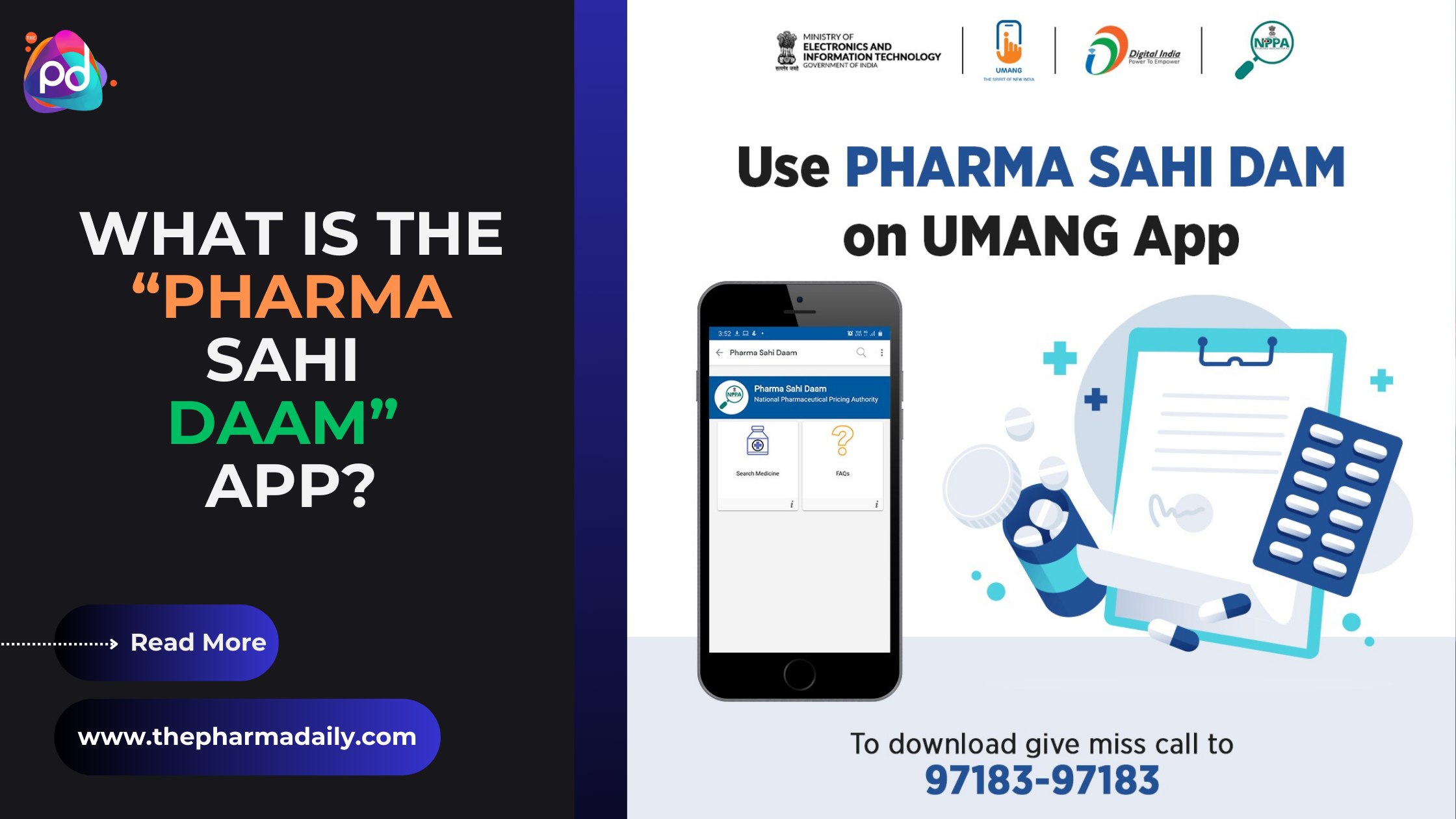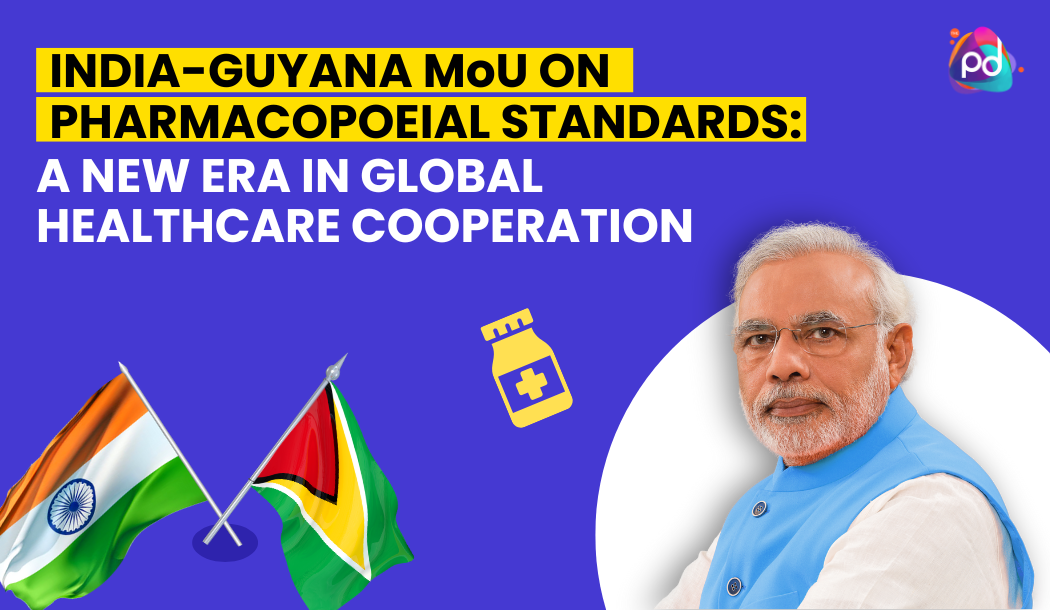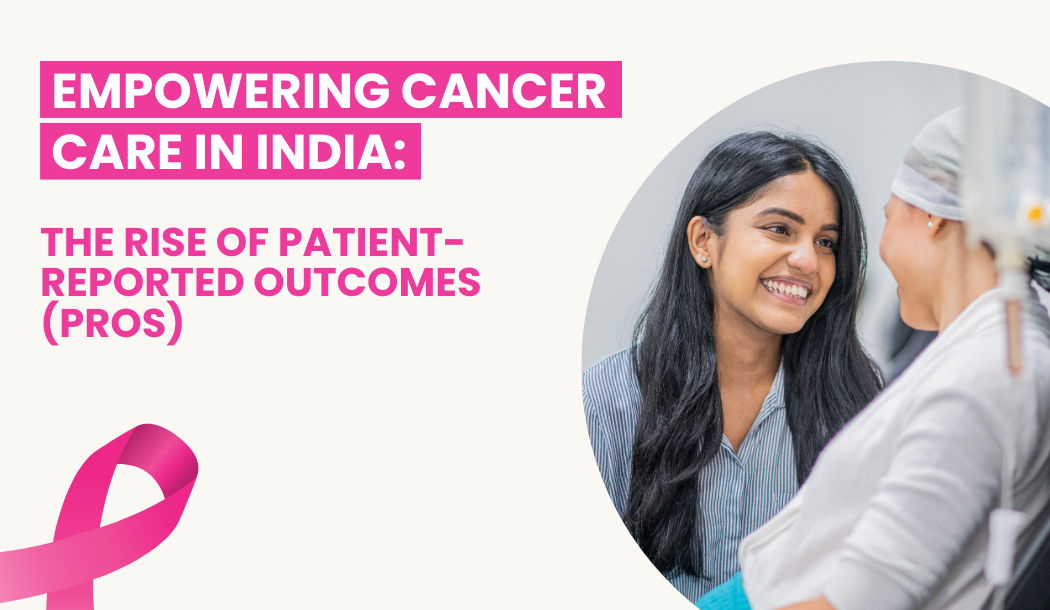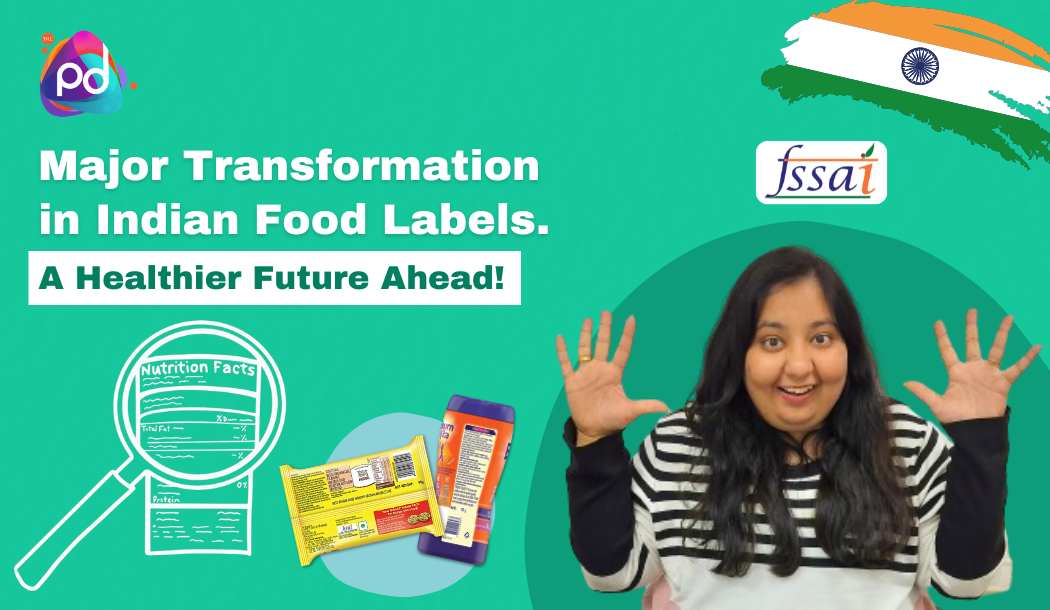Pharma Sahi Daam App: Revolutionizing Medicine Price Transparency in India
Mastering the Interview: Parexel Pharmacovigilance Questions for Freshers 🌟
Entering the field of pharmacovigilance is an exciting journey, and landing a position with Parexel, a leading global biopharmaceutical services organization, can be a significant step in your career. To help you prepare, we've compiled a list of potential interview questions and answers tailored for freshers eyeing a role in pharmacovigilance at Parexel. Remember, while knowledge is key, demonstrating your analytical thinking, problem-solving skills, and passion for patient safety can truly set you apart. 🚀
1. What is Pharmacovigilance, and Why Is It Important? 💡
Answer: Pharmacovigilance (PV) is the science and activities relating to the detection, assessment, understanding, and prevention of adverse effects or any other drug-related problem. It plays a crucial role in ensuring the safety and efficacy of pharmaceutical products, thereby protecting patients and helping to maintain public health.
2. Can You Explain the Term 'Adverse Drug Reaction' (ADR)? 🚑
Answer: An Adverse Drug Reaction (ADR) is an unwanted or harmful reaction experienced following the administration of a drug or combination of drugs under normal conditions of use, which is suspected to be related to the drug.
3. What Are the Phases of Clinical Trials, and How Do They Relate to Pharmacovigilance? 📊
Answer: There are typically four phases of clinical trials: Phase I (safety and dosage), Phase II (efficacy and side effects), Phase III (efficacy and monitoring of adverse reactions), and Phase IV (post-marketing surveillance). Pharmacovigilance is most relevant in Phase IV, but it's crucial throughout all phases to monitor and ensure patient safety.
4. How Would You Handle a Situation Where You Receive a Report of a Serious Adverse Event? 🚨
Answer: First, I would ensure the report is complete with all necessary information. Then, I'd follow the company's SOPs to assess the seriousness and expectedness of the event, and report it to the relevant health authorities within the stipulated timelines, ensuring patient confidentiality is maintained.
5. Describe the ICH Guidelines and Their Importance in Pharmacovigilance. 📚
Answer: The International Council for Harmonisation (ICH) guidelines provide a standardized approach for the technical aspects of drug registration, including pharmacovigilance. They are crucial for ensuring the safety and efficacy of drugs by defining how adverse events should be reported, managed, and analyzed.
6. Explain the Difference Between Active and Passive Pharmacovigilance. 🛰️ vs. 📬
Answer: Active pharmacovigilance involves proactive methods to collect information about drug safety, such as patient registries or specific studies. Passive pharmacovigilance relies on the reporting of adverse events by healthcare professionals and consumers, typically through spontaneous reporting systems.
7. What is a Signal in Pharmacovigilance, and How Is It Identified? 🔍
Answer: A signal in pharmacovigilance is information that suggests a new potentially causal association, or a new aspect of a known association, between an intervention and an event or set of related events, that is of sufficient likelihood to justify further investigation. Signals are often identified through the analysis of aggregated data from various sources, including clinical trials, literature, and spontaneous reports.
8. How Do Data Privacy Laws Affect Pharmacovigilance Practices? 🛡️
Answer: Data privacy laws, such as GDPR in Europe, impose strict guidelines on the handling of personal data. In pharmacovigilance, these laws require that personal information from adverse event reports is processed securely, ensuring patient confidentiality while allowing the necessary data analysis to monitor drug safety.
9. Why Is Documentation Important in Pharmacovigilance? 📁
Answer: Documentation is crucial in pharmacovigilance for ensuring transparency, traceability, and accountability. It allows health authorities to audit the pharmacovigilance system effectively, ensuring that all safety information is collected, analyzed, and reported accurately and in a timely manner.
10. How Do You Stay Updated with the Latest Trends and Changes in Pharmacovigilance? 🌐
Answer: I regularly follow reputable sources within the pharmaceutical industry, including journals, websites, and associations. Additionally, I participate in workshops, seminars, and conferences to network with peers and learn from experts in the field.












